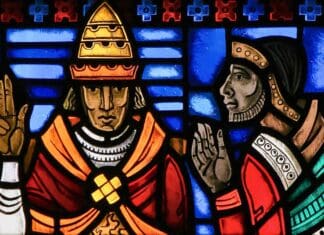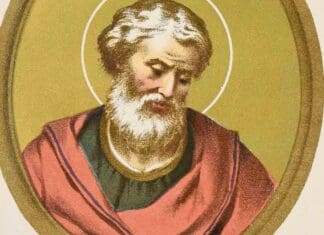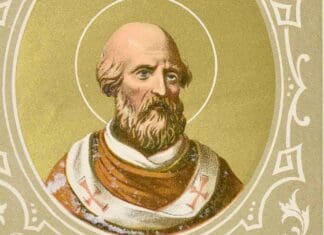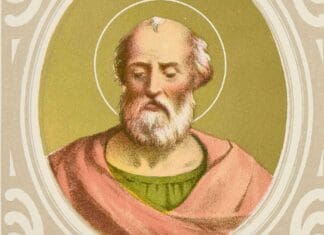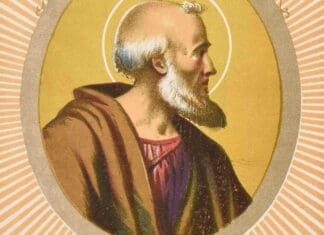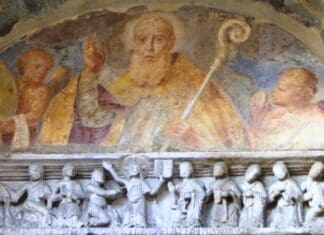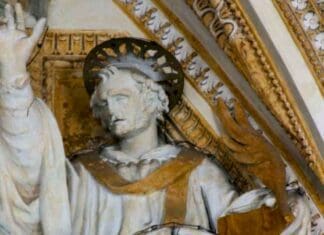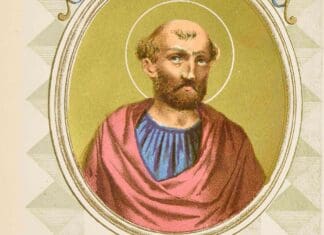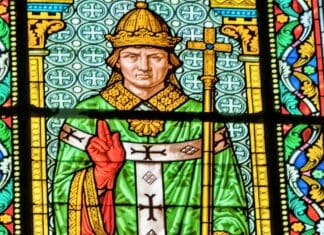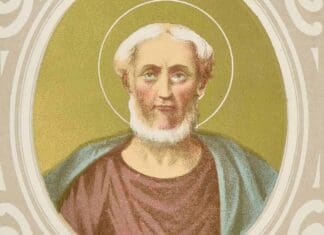Pope Saint Leo IX
Leo IX, born Bruno of Egisheim, was a reformative pope known for combating simony and clerical immorality and influencing the East-West Schism's onset.
Pope Saint Anicetus
Pope Saint Anicetus, the 11th pope, succeeded St. Pius towards the year c. 153, and reigned till about 168. He condemned Montanism, conferred with St. Polycarp on the Paschal date controversy, and forbade priests from growing their hair. He was martyred and is venerated on April 17.
Pope Saint Martin I
Pope Saint Martin I, martyred after condemning Monothelism and clashing with Byzantine authority, is the last early pope venerated as a martyr.
Pope Saint Julius I
Pope Saint Julius I, reigned 337-352, staunchly defended Orthodoxy, protected St. Athanasius, and opposed Arianism.
Pope Saint Simplicius
Pope Saint Simplicius navigated the fall of the Western Roman Empire, defended Chalcedon's decisions, and fought to preserve Rome's influence and aid Italy during barbarian incursions.
Pope Saint Hilarius
Pope Saint Hilarius, successor to Saint Leo, confirmed council works, combated Nestorianism, held Roman Councils, and enhanced church architecture; papal legate; died in 468.
Pope Saint Hyginus
Pope Saint Hyginus, a Greek, led the Roman Church (138-140 AD), structuring clergy hierarchy and mandating church consecration, but his exact history remains unclear.
Pope Saint Telesphorus
Pope Saint Telesphorus, a Greek anchorite, led the Church under Emperor Antoninus Pius and established enduring Christian practices around 125-138 AD.
Blessed Pope Urban V
Pope Urban V, born Guillaume de Grimoard, was a spiritual leader and reformer, known for his humility, scholarly pursuits, and efforts to restore papal prestige.
Pope Saint Damasus
Pope Damasus I was a 4th-century bishop of Rome, known for commissioning the Vulgate Bible and transitioning the liturgy from Greek to Latin.


